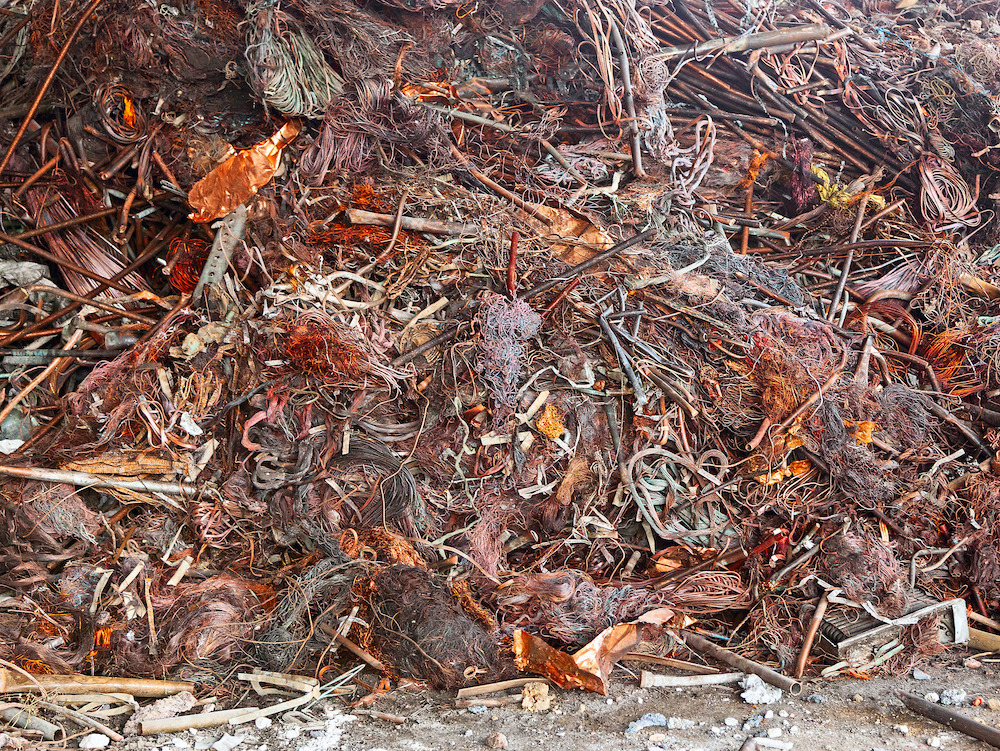Market

March 5, 2024
Turbulent waters: A look at February's copper scrap dynamics
Written by Gabriella Vagnini
In February, copper spreads remained tight amid ongoing global shipping constraints, raising concerns.
Scrap dealers anticipated a surge in copper prices towards the end of the month, fueled by the significant increase in copper inventory -95,000 mt, marking a 109% rise- flooding the Shanghai Exchange in China. However, this influx failed to impact the market as expected. Copper scrap prices remained stagnant, and spreads remained unchanged. Sources suggest that recyclers are withholding inventory, anticipating a repeat of the Comex rally from 2022, which peaked at 4.93/lb. Despite the market holding steady at $3.90/lb, recyclers continue to exercise caution and holding out hope for another rally.
The flat market and tight spreads may be attributed to several unforeseen challenges, starting with incidents in the Red Sea. This may affect non-ferrous scrap directly and indirectly (ie. indirectly being copper prices following oil price fluctuation). Ongoing attacks on ships traversing the Red Sea have disrupted commercial shipping operations significantly. Accounting for roughly 30% of shipments from Europe to Asia, this disruption has not only affected estimated times of arrival but has also begun to impact import and export prices. With no immediate resolution in sight, concerns are mounting that this disruption may become the new norm in commodity logistics, further impacting import/export prices.
Another issue arises from the Panama Canal, where severe drought conditions have led to delays. Handling an estimated 5% of global commodity shipments, the Panama Canal is witnessing ships paying exorbitant fees, up to $2 million, to expedite their passage.
Beyond logistical challenges, there’s growing apprehension in the metals industry regarding the U.S. presidential race. While presidential elections typically don’t directly affect metals, the 2024 election features Donald Trump, stirring concerns. Historically, such measures have targeted the metals industry, as seen in March 2018 when tariffs were imposed on aluminum (10%) and steel (25%). Although tariffs on metals may have long-term economic benefits, their implementation historically disrupted pricing and supply-demand dynamics, exacerbating current concerns in the scrap industry.
Meanwhile, spreads remain flat for now. Insulated wire (ICW) #1 maintains a spread of roughly 15c, while ICW #2 stands at approximately 33c (not including recovery and processing). Number 1 copper (#1 cu) holds a spread of around 16c, with bare bright performing slightly better by 4c. Birch cliff (mixed copper scrap grade 2) remains flat with a spread of roughly 28c, mirroring the spread of copper only radiators (cu rads).






